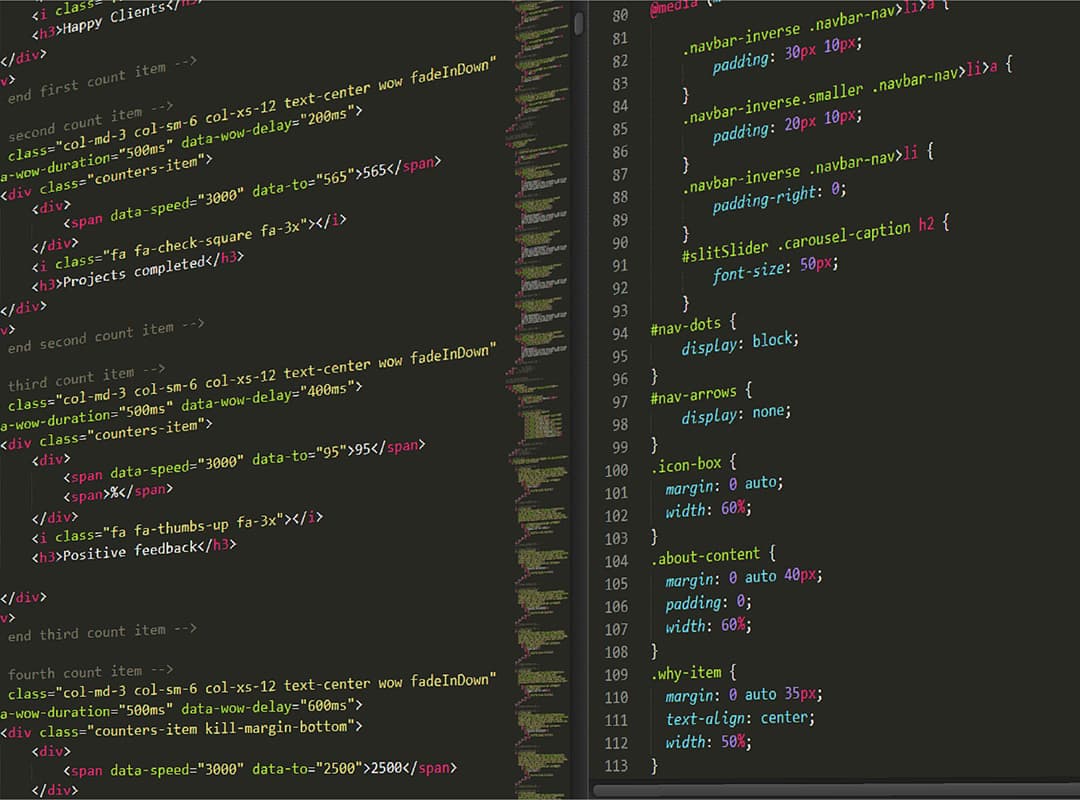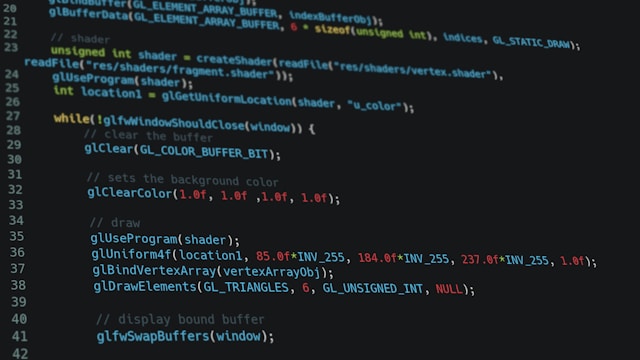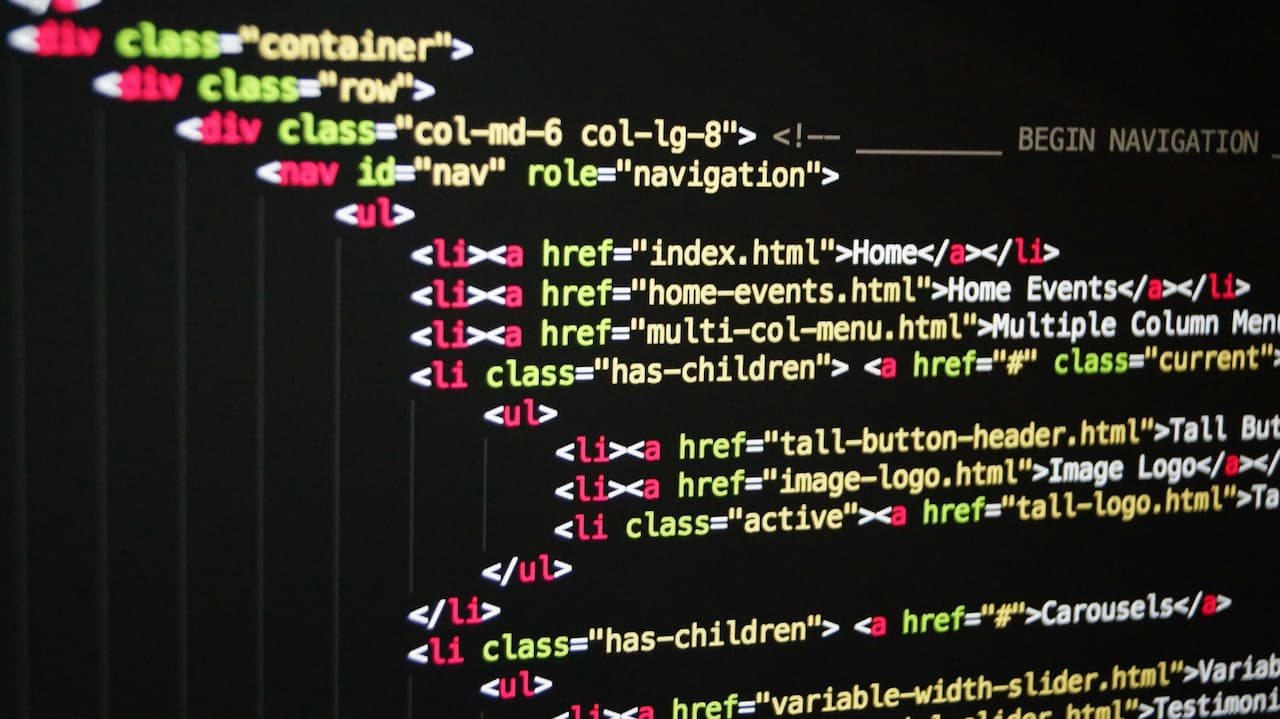CSS (Cascading Style Sheets) is a style language used to customize the appearance and formatting of website pages. CSS is used to customize various visual characteristics of a website page, such as colors, fonts, sizes, element layout, and much more. CSS works with HTML, which defines the content of a web page, and is used to separate the page structure from the visual display.
One of the main advantages of CSS is the ability to create a uniform design for all pages of a website. This is achieved by creating a set of style rules that can be applied to any page on the site. Thus, a change in one place can affect all pages. CSS can be used to solve the simplest and most complex tasks at the same time. The language supports many features such as animations, transformations, transitions, and other effects that can be used to create interactive user interfaces.
There are several ways to use CSS on web pages, including internal, external, and inline. Inline CSS involves inserting style rules directly inside HTML tags, while external CSS involves creating a separate CSS file that is then connected to the HTML page. Inline usage combines the two methods.
CSS has a number of advantages that make developers love this language.
- Separation of content and design. Thanks to the use of CSS, you can change the appearance of the page without having to correct its content;
- Versatility. CSS is used for styling web pages on all devices and platforms. The language provides a uniform style and layout of the page regardless of the browser or device used for viewing;
- Flexibility and control. With CSS, you can create multi-level and complex page design structures and easily manage and modify them. This gives developers more freedom to create customized design solutions;
- Improved performance. Using CSS can improve website performance because CSS files are cached on the visitor’s side of the website. This means that the browser can load them only once and reuse them for other pages on the site.



